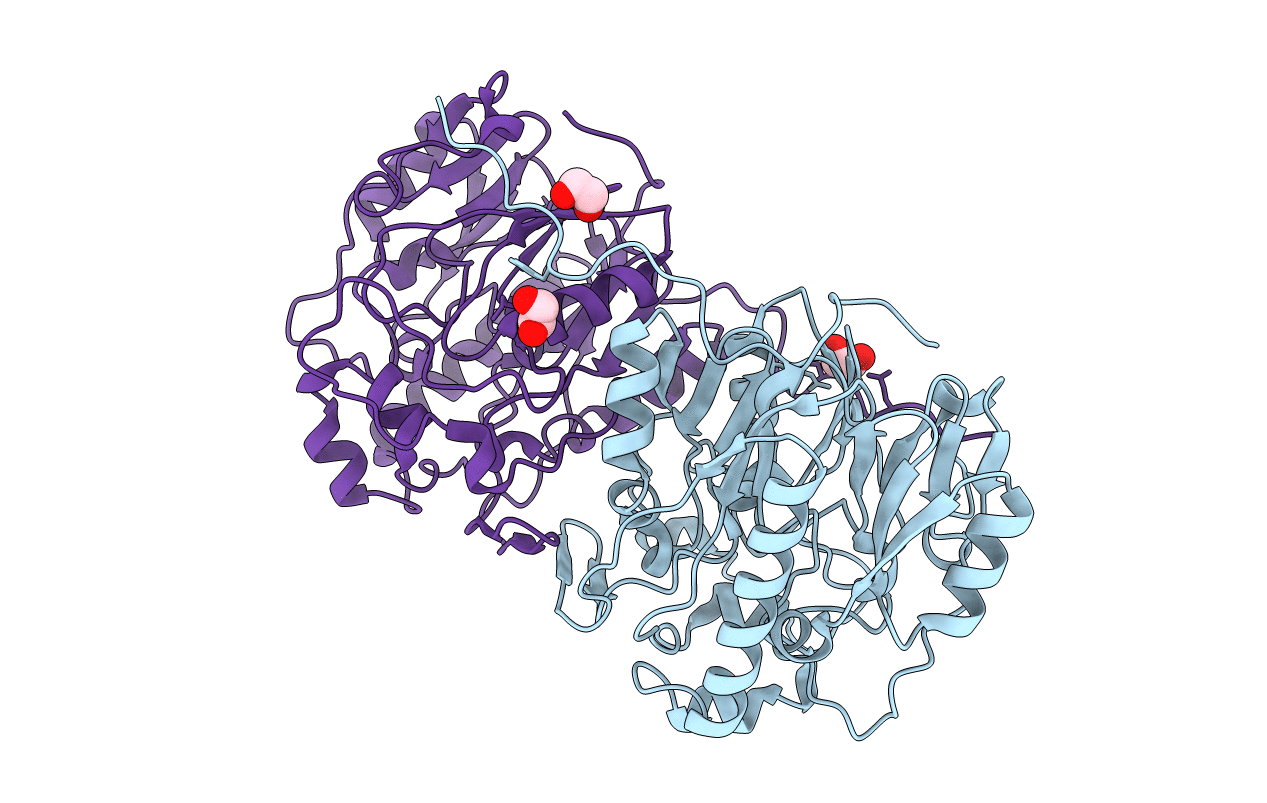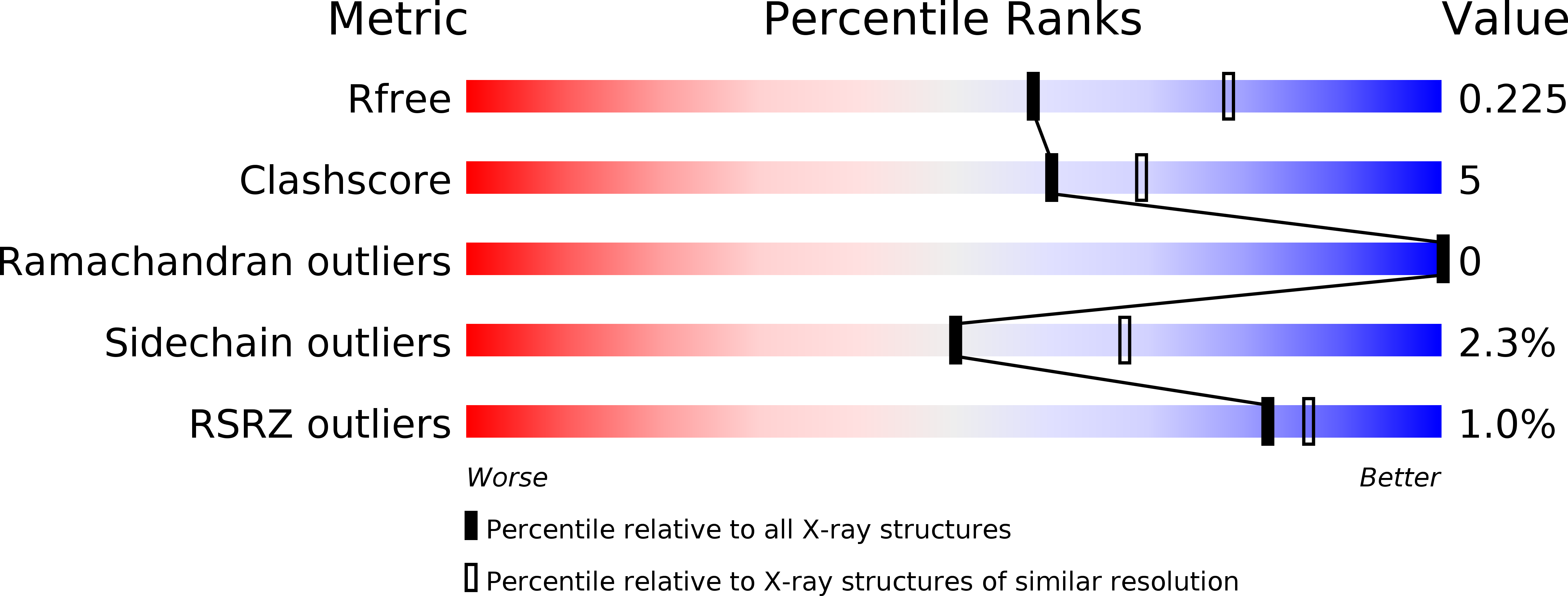
Deposition Date
2017-08-04
Release Date
2017-11-15
Last Version Date
2024-03-13
Entry Detail
PDB ID:
5WPI
Keywords:
Title:
The virulence-associated protein HsvA from the fire blight pathogen Erwinia amylovora is a polyamine amidinotransferase
Biological Source:
Source Organism:
Erwinia amylovora (Taxon ID: 552)
Host Organism:
Method Details:
Experimental Method:
Resolution:
2.30 Å
R-Value Free:
0.22
R-Value Work:
0.17
R-Value Observed:
0.17
Space Group:
P 32 2 1


